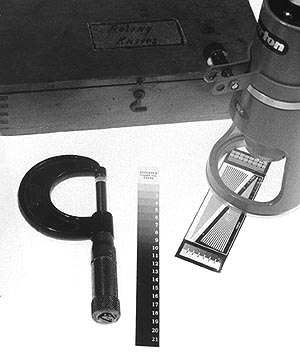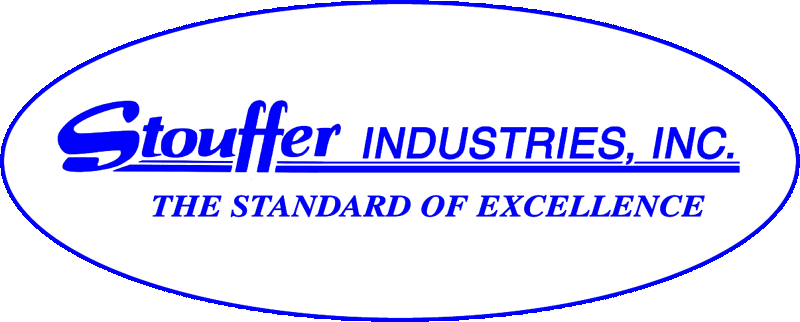|
Stouffer Industries...
traces it's origin to July 1929 when David S. Stouffer opened a
commercial photo studio. Within 10 years, the studio had expanded to
include advertising, design and printing. Regular clients included,
Studebaker, Bendix, and Miles Laboratories.
Always the innovator, Mr. Stouffer submitted color photographs of the
Indianapolis 500 to the Professional Photographers of America in 1935
only to have them rejected because there was no class for judging color.
He
designed and built the Paralt Photo Contact Printer and by 1938 was
making the McIntire Printer. In the 1940's and 1950's his attention
shifted to the pressroom and prepress. Mr. Stouffer became involved in
the development and production of control devices and instruments to
improve quality, save labor and minimize scrap material. He held patents
relating to photographic printers, photographic processors, timers, a
press sheet scanner and densitometers.
The
tradition continues into the 21st century in this closely-held American
company. Innovation is an essential part of the company culture where
new products are being developed and protected by patents or copyrights.
|
Sensitivity Guides...
Innovative development by
a graphics pioneer
 |
|
 |
What is photosensitive imaging?
Photosensitive imaging is any application using radiant energy
(particularly light) to produce an image on a photosensitive surface
(emulsion coating) by the chemical action of the radiant energy.
Applications include photography, lithographic negatives, printing
plates, diffusion transfer (PMT), silk screen negatives and stencils,
diazo, printed circuit boards, industrial and medical x-ray, to name a
few.
Light, reflected and transmitted, is the common element and always acts
according to the laws of physics. Both Gray Scales (opaque/reflective)
and Step Wedges (transparent/transmission) have a series of
progressively and uniformly darker steps. With one exposure, therefore,
a whole series of controlled exposure tests will have been made to help
indentify the optimum conditions of exposure and processing, or to
evaluated materials or systems. |

